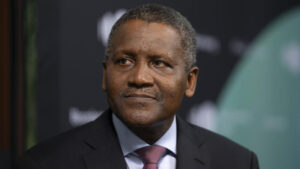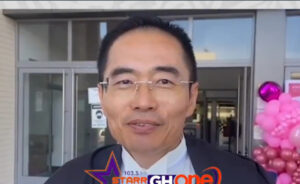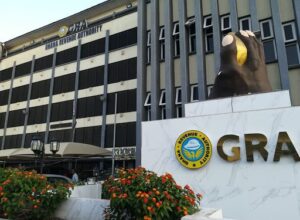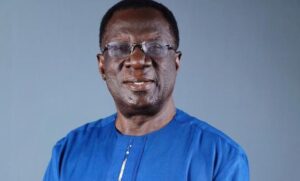The Minerals Income Investment Fund (MIIF) has cemented its position as one of Ghana’s most profitable and impactful state-owned enterprises, showcasing how strategic commodity trading can fuel national economic development.
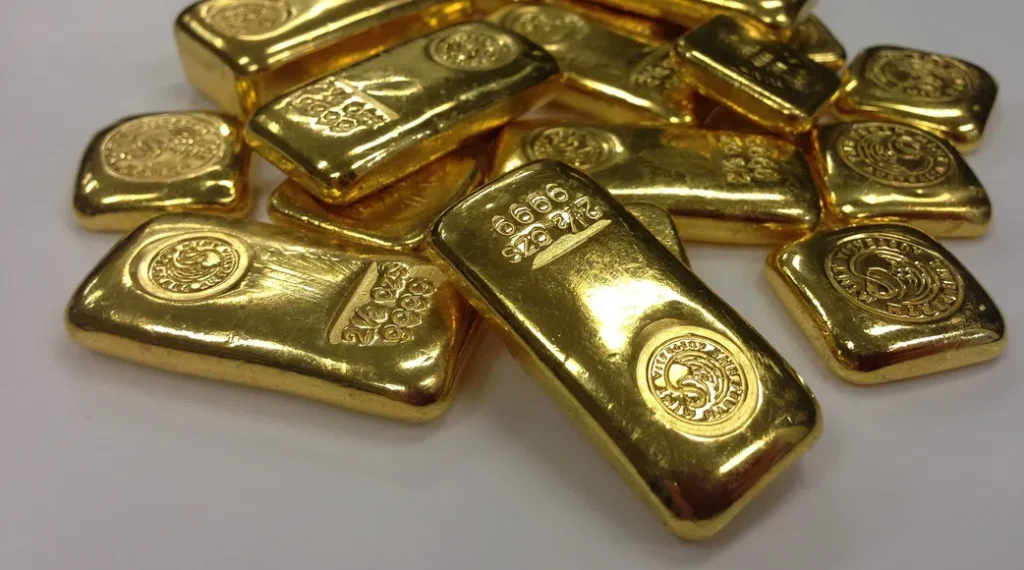
Under the leadership of Edward Nana Yaw Koranteng, MIIF recorded over 100% profit growth in 2023, expanded assets under management from USD $180 million in 2021 to nearly USD $1 billion in 2024, and boosted Ghana’s standing in the global gold market.
The Vision Behind the Gold Trade Desk
MIIF’s investment policy allows the Fund to trade in precious minerals as part of a diversified alternative investment strategy. The Gold Trade Desk was created to:
- Establish a proposed gold-backed Exchange Traded Fund (ETF)
- Support the cedi through gold-for-forex initiatives
- Build Ghana’s gold reserves
- Generate strong returns for the Fund
- Formalize the small-scale mining sector
Driving Revenue and Stability
Between October 2023 and September 2024, MIIF’s gold trading activities—powered by a USD $30 million revolving trade facility—generated an estimated USD $1.02 billion in revenue. This was achieved in partnership with licensed gold aggregators who sourced from regulated small-scale miners, with refining handled by London Bullion Market Association (LBMA)-accredited facilities.
Two Key Trading Models
Gold for Forex: MIIF deployed its USD $30 million capital in three tranches, generating an average of USD $60 million per month over eleven months. The initiative increased forex liquidity and yielded competitive returns. Banks, including Fidelity Bank, later joined with their own capital, contributing an extra USD $156 million in just a few months.
Gold for Oil: In collaboration with oil bulk distribution companies via the Chamber of Bulk Oil Distributors (CBOD), MIIF’s Trade Desk facilitated forex inflows of around USD $650 million, helping stabilise fuel prices and the cedi—without committing its own capital.
Managing Risks
Foreign exchange variances are common in commodity markets, but MIIF implemented strict monitoring and risk management measures. Temporary mismatches in 2024 were largely resolved through trade receipts and operational adjustments.
Looking Ahead
From just USD $30 million deployed, MIIF’s trade structure has generated over USD $600 million in forex inflows, with projections of USD $3 billion over the next two years. Officials say this model could guide the operations of Ghana’s proposed Gold Board and other mineral trade initiatives.
By integrating small-scale mining into the formal economy, leveraging innovative investment strategies, and linking Ghana more effectively to global markets, MIIF’s gold trade program is being hailed as a blueprint for sustainable, resource-backed economic growth.

